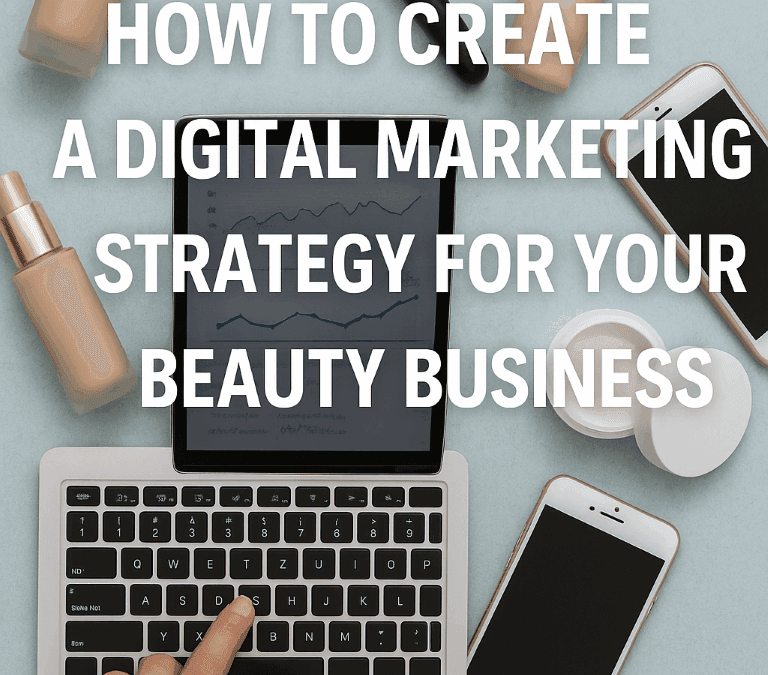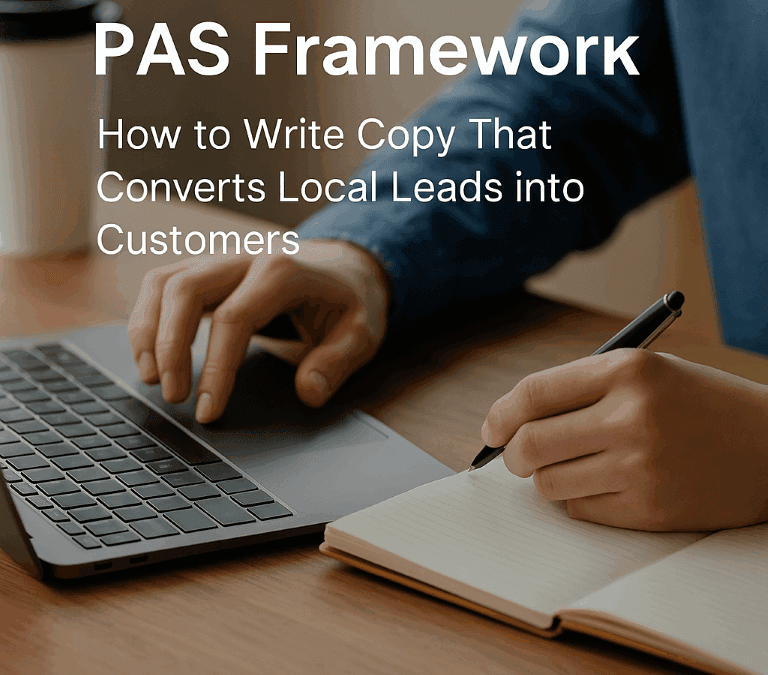In order to be irreplaceable one must always be different – Coco Chanel
In our Ultimate Marketing Strategy series, we take an in-depth look at the different elements you need to include in your comprehensive marketing strategy. Together, each article will help you understand the research and information you need to gather so that you can create an outstanding, effective and championing marketing strategy.
Unique Selling Points (USPs)
We’ve looked at Executive Summary, Market Research, Target Market and Competitor Research. This week we’re looking at unique selling points, what they are, why you need them and how they make your brand stand out.
Think of your marketing strategy as a map outlining the journey your business will take as it seeks to sell and promote its products and services. It defines the:
- Terrain: who your customers are, where they are and what they want
- Route: where you will sell and promote the product
- Vehicle: your choice of content and how you will speak to your customers
It helps you, your staff, and your investors understand your goals and exactly how you are going to reach them.
What are USPs?
Your USPs run through every part of your brand and are at the very core of your business. It’s your niche. It’s what makes you unique.
Your USPs:
- Define what your brand stands for
- Relays how you position yourself in the marketplace
- Communicates why your customers should select you.
So, your USP/s is what sets your product or service apart from the competition. It’s the reason why your customers will choose your products and services over those of your competitors.
A strong USP is vital because it sets you apart from your competitors and enables you to start out in the market. The most successful brands have the strongest USPs.
Creating a good USP will help you craft your content effectively so that it appeals to your target market. The USP theme should run throughout your brand and marketing products.
The bottom line is that a strong USP will boost your revenue. Your USP should be something about your products/services or brand that your competitors cannot imitate. You can differentiate your brand in many different ways.
Examples of USPs
- Your USP could be an unusual feature of your product
Meridian Peanut Butter only has one ingredient: peanuts. That’s it. No palm oil, no salt, no added sugar. That’s a great hook for both the health-conscious and the environmentally-friendly consumer.
- Your USP could be an emotion elicited from your customers
Through their content marketing, BMW emphasises exclusivity to elicit feelings in the customer that makes them feel special.
Look at the words they use in one of their latest adverts:
- True Masterpiece
- Pioneering Souls
- A Class Above
They all convey a feeling of being special and out of the ordinary.
How to Create Strong USPs
Understanding the following will help you to really get to grips with your business and to understand exactly what sets you apart, and most importantly, enable you to gain as much attention as your after!
Turn consumers into customers, customers into repeat customers, repeat customers into avid fans, and avid fans into loyal brand advocates.
1. Know your target audience
Your USP is the thing that will appeal to your customers and make them buy into your brand. If you don’t know who your customers are, how can you possibly know how to create content that appeals to them?
Check out Part 3 of our Marketing Strategy: Target Market to understand how to define your target audience and for more information.
Once you’ve established your USP, test your content to see how well it’s received. It could need tweaking, wording differently, or require a slightly different angle.
Monitoring and measuring your content is an ongoing task. It will help you perfect your USP and understand exactly what your customers want from you.
2. Know Your Competitors
If you don’t have a good understanding of your competitors, you won’t be able to find that wrinkle that sets you apart.
You must research your competitors thoroughly. Establish:
- What their USP is
- What their product/service is. How is it made? Is it efficient? How is yours better?
- Who their customers are
- What their customers think: check out online review sites, forums, social media marketing, etc. Look for common themes of complaint and disappointment. Do you solve a problem for their customers? Can you produce a product or service that addresses these problems?
- What are their strengths, weaknesses, opportunities and threats?
Check out Part 4 of our Marketing Strategy: Competitor Research to understand how to define your target audience and for more information.
3. Brainstorm Problems Your Product Solves
Your USP is a combination of the problems your product solves for your customers and your competitors’ failure to address these problems. It’s the sweet spot! It’s how you solve a problem that nobody else does.
Take some time to brainstorm all the ways that your product solves a problem.
For example, imagine you’re launching a new game. What is it about this game that other games don’t have?
Here are some questions you could ask (modify these questions to your product/service):
- Is the game more strategic than usual?
- Is there something unusual about the game?
- Is the game easy to play? Can the game flex to different abilities, so you can play it as easily with a beginner as you can with an expert?
- Are there expansion packs? Is there an entire fantasy world around the game?
You know your product. You need to think deeply about its appeal to your audience.
Always keep this question in mind: “How is my customer benefiting from the product?”
It’s only once you have this information that you can create content that works. And the best thing about doing all this research is that it gives you content ideas — many, many ideas.
4. What Does Your Product/Service Redefine?
Some of you will have products or services that represent a shift in paradigm from pre-existing, but similar products.
For example, when Apple launched its AirPods, they were redefining the headphone experience. Their USP was ‘wireless headphones’ and it was relatively revolutionary.
Perhaps they weren’t the first to invent this style of headphones, but they excelled in marketing this feature. Of course, Apple’s marketing skills are world-class and widely considered one of the best-marketed brands in the world.
5. Communicate your USP
Brands can communicate their USPs in a variety of methods, including:
- Content Marketing. Create, select and use interesting content that talks about how your brand and its products/services are different from what’s already on the marketplace. It may just go viral too!
- Branding! Yep, from your website strapline (Think Nike’s Just Do it, Apple’s Think Different and our very own Find Your Roar), to your logo, your branding colours and your physical packaging or digital giveaways — your branding can shout about your USPs
- Advertising. Traditional print and digital media advertising, along with brand marketing campaigns can be a successful way for new businesses to get their brand in front of people, noticed and loved. Your USPs are a big part of this!
- Social Media Marketing. A formidable social media presence, consistent and engaging content and clear, purposeful strategies are a popular way to communicate your USPs and actively interact with your target consumers (and check what your competition is up to!).
- Search Marketing. Leveraging your brand’s online presence and enhancing your website’s search engine optimisation (SEO) and ranking for key terms in search engines can generate visibility and consumer awareness of your USPs.
Make your USP/s Compelling
It’s all about being unique. Often, we may think that means we need cutting-edge, innovative and pioneering products, services, discoveries or technologies. That’s pretty intimidating and can quickly throw us off our entrepreneurial plans.
It’s, therefore, vital that we remember that we are unique. Simply the fact that it’s us creating and running our brand, coming up with the ideas and engaging with customers makes it super unique.
An engaging, strong and captivating USP centres on your consumers’ values. Being unique is brilliant. Just don’t forget to be offering something that your consumers want and need to address their pain point or solve their problem.
How to Find Your USPs
Finding your USP isn’t an easy task. It requires research and a solid understanding of all aspects of your business.
So, let’s uncover how to find them?
First, we can start by thinking and answering these questions:
- What is your product or service?
- Why is it different from whatever is currently on the market?
- Who is your customer?
- What is their problem or pain point that your product or service aims to answer?
- Have you done a SWOT analysis? What are your strengths weaknesses opportunities and threats?
- What’s the personality of your brand? How would you describe it in 5 words? Which of your friends is it most like? (Creative, we know! But it often helps to visualise your brand as a person and give it all the characteristics you would to a friend). What’s your brand’s tone, style and voice? What’s your brand vision?
That’s a great place to start. Now, let’s delve a little deeper.
- What do your customers really want and need? Live a day in their life. Or imagine it! Often, we make assumptions on what our target customers’ problems and pain points are because we’ve already got an idea brewing (or more or less fully realised). If we’re honest, it’s all too easy to convince ourselves at this point, that our products/services are exactly what they’re looking for. Are they? Ask them. Let’s test our assumptions. Research the market. Research our competition. A few tweaks or an overhaul now is far better than a year down the line when we realise our business dream isn’t quite working. And it could make all the difference between creating a winning USP, or a lack-lustre, forgettable one.
- What’s their motivation? It’s a good question to ask when we’re trying to carve out strong USPs. What influences our consumers’ behaviour, attitudes and buying decisions?
- Why do they go to the competition? What’s their USP/s? Why do people love them? This may be painful. You may want to do it through gritted teeth. But seeing your competition’s success, understanding why they’re so successful and identifying how you can differentiate, is crucial.
- Why do your customers come to you? What is it about you they love? (We often enjoy doing this bit!) Find out the real reasons by using data, feedback surveys or simply by asking them. Your customers are your best source of understanding and finding out whether you and your USPs are, and remain, captivating.
Create a List of Potential USPs
Once you’ve carried out your research, you’ll likely have a list of discovered and potential USPs.
Write each one down and then evaluate them to see how well they answer these questions:
- Is this USP genuinely unique? If not, can you modify it to create a better angle?
- Is this USP something that will appeal to your target customer?
- Does the USP reflect your brand’s personality? Take a look at your brand’s voice.
Once you have this information and are happy it satisfies these questions positively, it’s time for the fun part! Craft your USP/s into enticing, creative and resonating words, phrases and sentences to capture your consumers’ attention.
Summary
Your USP is what separates you from your competitors and what makes your brand attractive to potential customers in a way no other brand can match.
Finding your USP requires time and research, but the pay off is invaluable! Once you have your USP, it will make it easier to create content that appeals to your target audience. Differentiating your product in a meaningful way is the key to reaching your target consumers and your brand goals!
What Next?
Now that you have your USP, you can use it to generate content ideas and marketing materials. Weave your USPs throughout your brand — on your website, content marketing, design, materials, packaging, merchandise, signage etc. Stand Out. Make Your Mark. Find Your Roar!
Check out the rest of our Ultimate Marketing Strategy series for guidance, insights and tips:
- Part 1: Executive Summary
- Part 2: Market Research
- Part 3: Target Market
- Part 4: Competitor Research
- Part 5: Unique Selling Points (USPs)
- Part 6: Positioning and Pricing
- Part 7: Marketing Promotion and Distribution
- Part 8: Budget: Offers and Giveaways
- Part 9: Marketing Goals and Conversions
- Part 10: Marketing Metrics: Measuring, Modifying and Monitoring





0 Comments